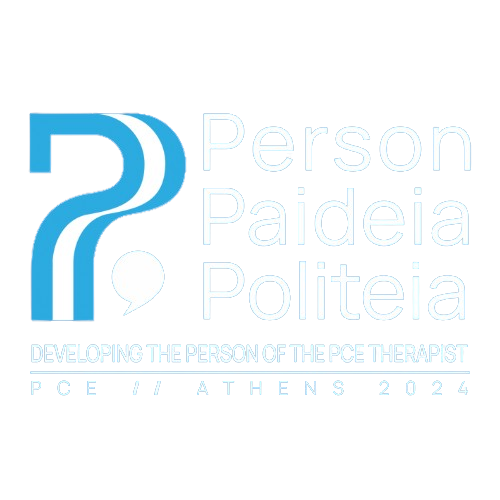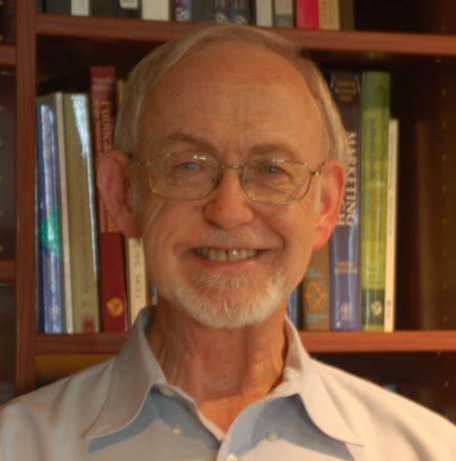Arthur Bohart
Speciality
Second, I will explore the fundamental difference between the empathic nature of the mindset of the person-centered therapist and that of therapists from other approaches. The person-centered mindset is one of the hardest ideas for non-person-centered therapists to grasp. Third, I will consider the fundamentally co-constructive nature of therapy. I will illustrate how therapist and client creatively co-create both process and outcome. In that context I will consider the distinction between “directive versus nondirective” and question its meaningfulness. Finally, I will examine the fundamental process-oriented nature of human beings and implications for both person-centered therapy and therapy in general.
<strong>Short Bio</strong><br>
I have identified as a person-centered/experiential/integrative psychotherapist since I found person-centered therapy as my “home base” in graduate school back in 1969. I have been involved with what is now the World Association of Person-Centered and Experiential Psychotherapy and Counseling since the first conference held in Leuven, Belgium. It was at that conference where I presented two papers that launched my professional career. I’ve been an assistant professor at the University of California Riverside; a Professor and now Professor Emeritus at California State University Dominguez Hills; and Professor and now Professor Emeritus at Saybrook University. I pretended to retire from professional work at the Antwerp conference in 2012, but, despite myself, have continued to make presentations and write articles. My latest book is <em>The Art of Bohart</em>: <em>Person-centred therapy and the enhancement of human possibility </em>(2021, PCCS Books)<em>. </em>I am also co-author or co-editor of <em>How Clients Make Therapy Work: The Process of Active Self-Healing </em>(1999);<em> Empathy Reconsidered </em>(1997)<em>; Humanity’s Dark Side </em>(2013)<em>; </em>and<em> Constructive and Destructive Behavior </em>(2001), all published by the American Psychological Association <em>. </em>My work has focused on empathy, the client’s role in psychotherapy, client-centered therapy, psychotherapy integration, and evidence-based practice in psychotherapy. Currently, I consider myself semi-retired, but am still doing part-time teaching at Santa Clara University.
Keynote Speech
“Speaking In Order To Listen”: Teaching Person-Centered Psychotherapy to Non-Person-Centered Therapists.
Description
In this presentation I will share my latest understanding of the core person-centered principles that I teach to graduate students, many of whom identify with orientations other than person-centered therapy. In terms of the politics of psychotherapy, part of what I will discuss is the challenge of teaching PCA in a CBT-dominated therapy world, pointing to contrasting views and practices in the field that are counter to PCA. Among the topics I plan to cover: the first principle of person-centered therapy is: “back to the client.” What does this mean? What does “client expertise” mean? What does it imply for the kinds of attitudes and beliefs the therapist must have to be person-centered?

